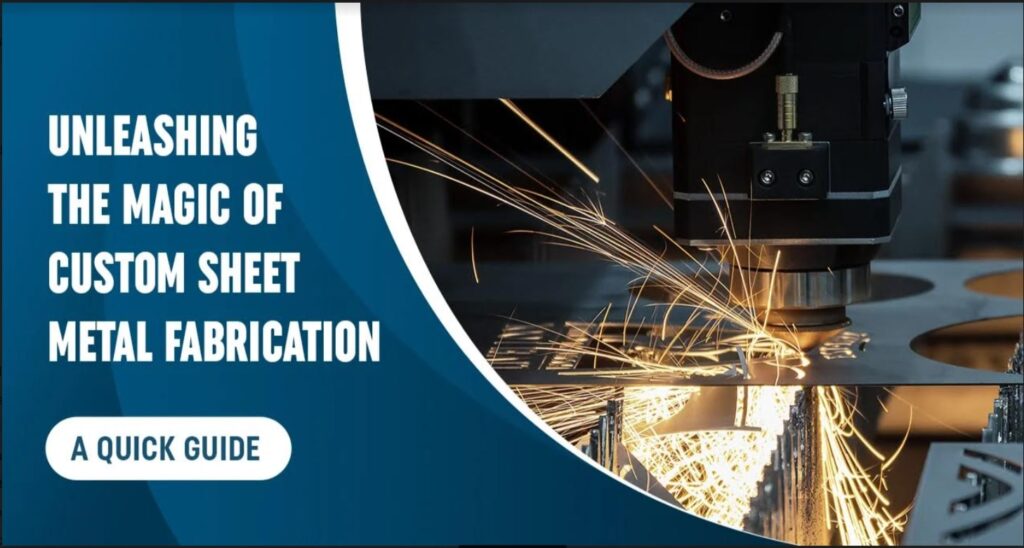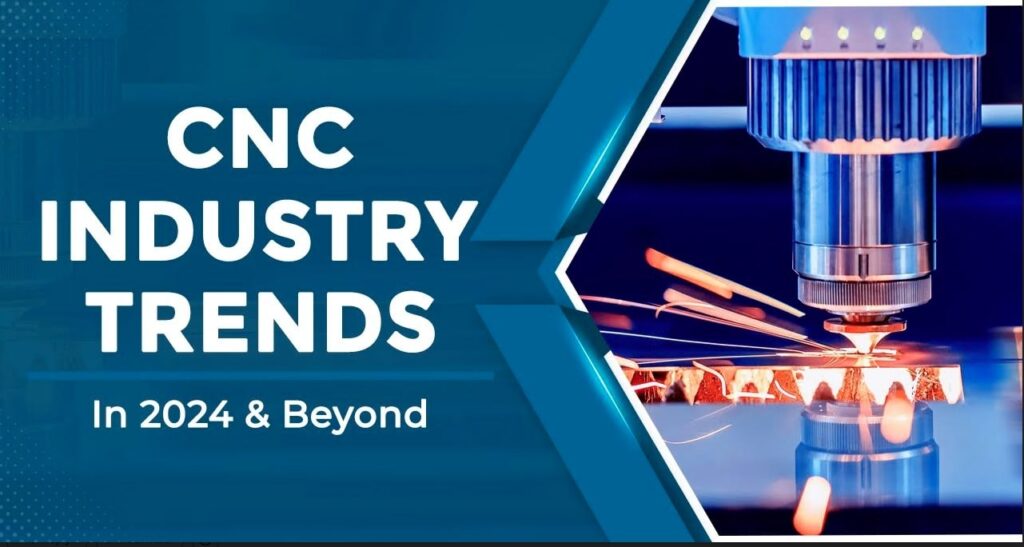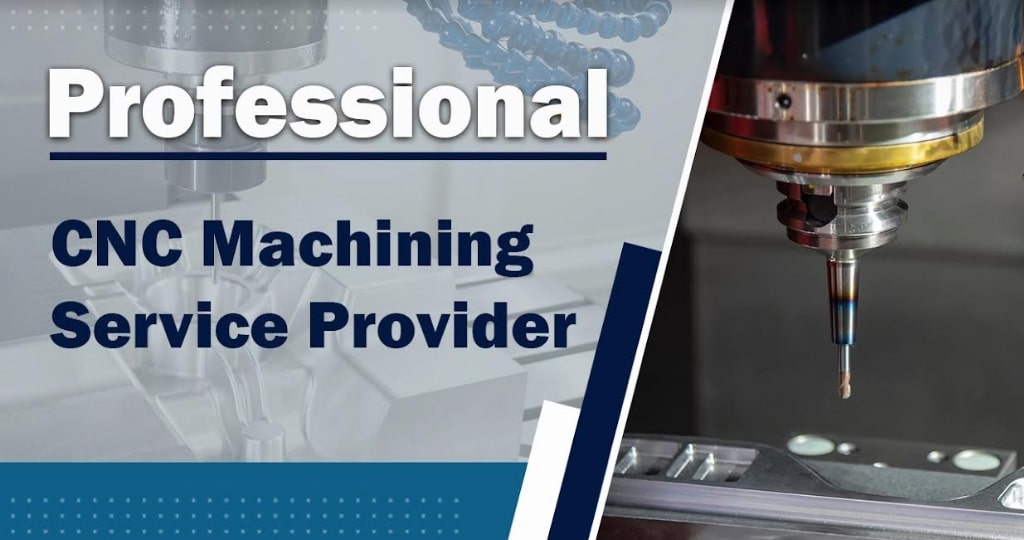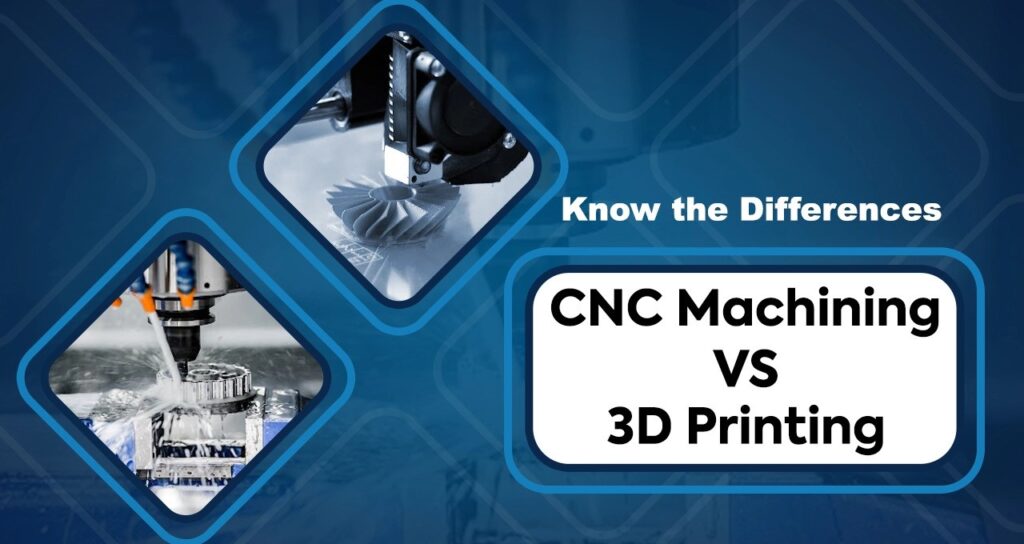In today’s high demand for parts and components in the automotive, medical, and aerospace sectors, prototyping is the most convenient and fastest way of part production to meet the on-time industry demand. Moreover, it is an effective method to achieve accuracy and performance in the final part design with the desired features and shapes.
Now, when it comes to prototyping, 3D printing and rapid prototyping- Both are impactful methods for manufacturers to foster low-volume product development and reduce costs and lead times. That’s why many manufacturers recently combined 3D printing and rapid prototyping to fetch the utmost benefits in additive manufacturing compared to traditional prototyping.
Let’s see what they are, how these two relate and work their benefits, and much more.

What Is Rapid Prototyping?
As mentioned, prototyping has been an integral part of part design and production. This iterative procedure allows manufacturers to meet accuracy in design within a limited time frame. Previously, the engineers designed base product concept models and fabricated the component with the prototype to run through different tests for evaluating the design to identify the areas that require improvement. Then, they repeat the entire process to achieve the final part as per the design and features required.
However, with rapid prototype machining, manufacturers use advanced digital technology for the design and fabrication process to ensure prototype-making is easier and quicker. On the other hand, 3D printing is a layer-by-layer manufacturing process used for metal fabrication where the digital CAD files are translated into objects. Manufacturers rely on 3D printing rapid prototyping services for accuracy and faster fabrication, besides designing, testing, and modification.
How Did Rapid Prototyping Work Before 3D Printing and How It Works Now?
Well, before rapid prototyping, engineers used to combine detailed clay models and foam mockups to produce parts and components. However, it took a lot of lead time to manufacture prototypes and higher fabrication costs for each part design.
But, after implementing 3D printing on a prototyping platform, things become easier. Each prototype and design cycle can be completed within any given time frame, leveraging advanced digital technology. It just doesn’t cut the lead times and costs but ensures better accuracy and precision.
The rapid prototyping process starts with creating a CAD design for the part that needs to be machined for the first iteration. Then, the design file is imported into 3D printer software to make the prototype, which takes from a few hours to two days to be ready for modification and testing to make the iteration. Compared to traditional prototyping, 3d printing rapid prototyping is a better alternative for industrial-scale additive manufacturing.

Benefits of Implementing 3D Printing in Rapid Prototyping Platform
Usually, rapid prototyping and 3D printing are associated with the old era, although those earlier 3D printers were not capable enough to produce quality parts for higher-volume manufacturing. Then, with the advancement of additive manufacturing, the use of 3D printing is on the hype nowadays for high-value industrial applications, like to create complex end-use parts and rapid prototyping. Of other benefits, we can mention the following ones:
- Shorter lead times compared to traditional methods, which took weeks to months to complete each prototype, leading to faster production and getting parts in the market soon
- Implementing 3D printing into a rapid prototyping platform is no rocket science. Anyone can do this! You no longer need to draft drawings or commit long hours. 3d printing prototype service allows ease of use, where manufacturers take advantage of faster production.
- Traditional manufacturing used to require expert mechanisms to create prototypes, leading to expensive labor costs and third-party vendor costs. Combining 3D printing with rapid prototyping cuts the overall expenses and makes low-volume manufacturing far more economical.
- With industrial-scale 3D printing CNC machining, prototyping, tooling, and production are possible on the same platform to design the final part. Manufacturers just need to swap to high-performance materials, PLA, ABS, or Nylon.
In Conclusion
We hope you understand how 3D printing impacts rapid prototyping and take part in prototyping and production to the next level. And, if you are looking for professional 3D printing rapid prototyping services, we are here for you. At Createproto Rapid System Limited, you can rest assured of receiving the highest quality 3D printed prototypes with tight tolerance and accuracy. Our experts rely on advanced tooling and lean manufacturing for low-volume manufacturing. Get a FREE quote now just within hours!
Follow Us on Facebook!





